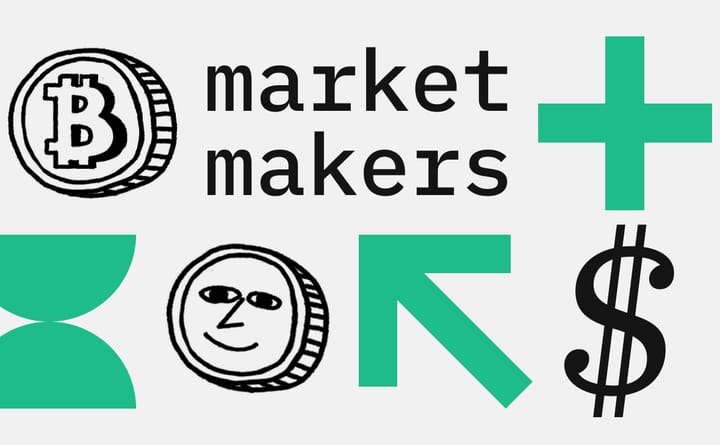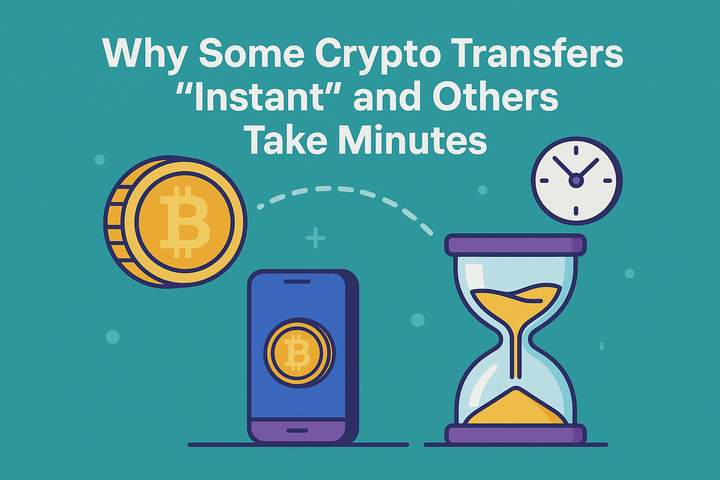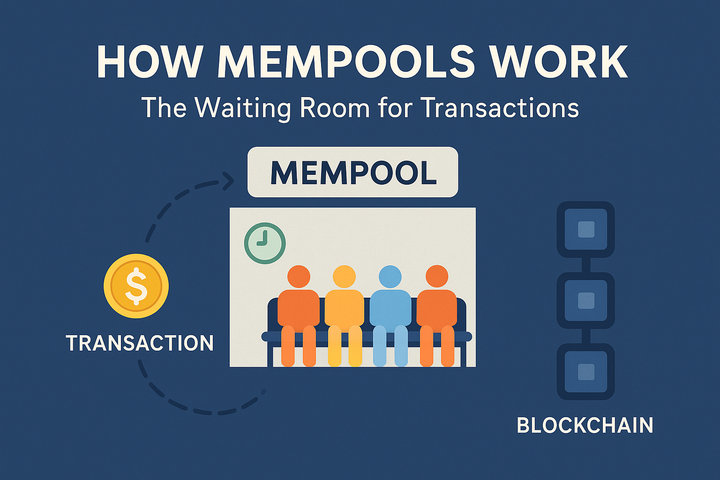Sony-Backed Soneium Launches GameFi Incubator: A Blueprint for Mitosis Gaming dApps?

Introduction
On June 9, 2025, Sony-backed Web3 platform Soneium officially launched the “Soneium For All” GameFi Incubator, built on its Ethereum-based L2 via SBSL (Sony Block Solutions Labs), in collaboration with Astar Network and Startale Labs. The incubator supports game developers through funding, infrastructure, and token integration — positioning itself as a layered ecosystem for sustainable GameFi.
In this article, we explore how this model compares with the modular Web3 ecosystem of Mitosis, particularly through dApps like MikadoHUB and YieldKingZ— each offering a decentralized, community-owned alternative to GameFi acceleration.
What is the Soneium GameFi Incubator?
The Soneium incubator is a new initiative focused on empowering developers with:
- Funding grants and infrastructure support
- Cross-chain tools and SDKs for game integration
- OP Stack–based Ethereum L2 scalability
By leveraging its relationship with Sony and Astar Network, Soneium positions itself as a mainstream-ready hub for blockchain games, wrapped in enterprise-grade credibility. This makes it one of the most high-profile GameFi efforts of 2025.
Mitosis Gaming: A Modular Alternative
While Soneium is pushing an enterprise-led model, Mitosis is building a decentralized GameFi stack, powered by modular, permissionless dApps that anyone can integrate or fork.
Here are two examples:
- MikadoHUB
- A Web3 gaming layer for mini-games, raffles, and social quests
- Emphasizes grassroots creator involvement and on-chain interaction
- New experiments will be voted
- YieldKingZ
- A GameFi platform where staking $MITO or NFTs unlocks yield-based games
- Supports club battles, seasonal tournaments, and gamified DeFi tools
- Social staking and leaderboard-driven growth
These dApps form a community-owned incubator alternative, focused on composability over corporate control.
Comparative Analysis: Soneium vs. Mitosis
| Feature | Soneium | Mitosis |
|---|---|---|
| Backing | Sony, Astar, Startale | DAO-first, modular dApps |
| Layer | OP Stack-based Ethereum L2 | Chain-agnostic, modular rollup-compatible |
| Developer Incentives | Grants, SDK, token infra | DAO grants, Morse Quests, public dApps |
| Community Involvement | Limited | High — via MikadoHUB & Morse DAO |
| Game Types | High-fidelity 3D & mobile games | Mini-games, NFT raffles, DeFi gamification |
Soneium’s model is top-down and enterprise-grade. Mitosis flips that - offering open infrastructure for permissionless game-building.
Strategic Implications for Mitosis
Soneium’s high-profile launch proves one thing: GameFi is back, and it’s scaling via modular platforms.
For Mitosis, this means:
- Time to Lean In
- Push MikadoHUB integrations into platforms like Telegram or Farcaster
- Expand YieldKingZ club mechanics and NFT yield games
- Decentralized Incubation
- Host public funding rounds via Morse DAO for indie games
- Feature developer spotlights within the ecosystem site
- Cross-Eco Collaboration
- Explore bridges or NFT interoperability with chains like Astar
- Use miAssets and Morse NFTs as GameFi passports
Conclusion
Soneium has brought serious firepower to the GameFi landscape - but it also validates the approach that Mitosis has been building from the ground up.
Where Sony provides structure, Mitosis offers freedom.
And in the modular future of gaming, both models will compete to define how games are built, funded, and played.
Stay ahead. Stay modular.



Comments ()